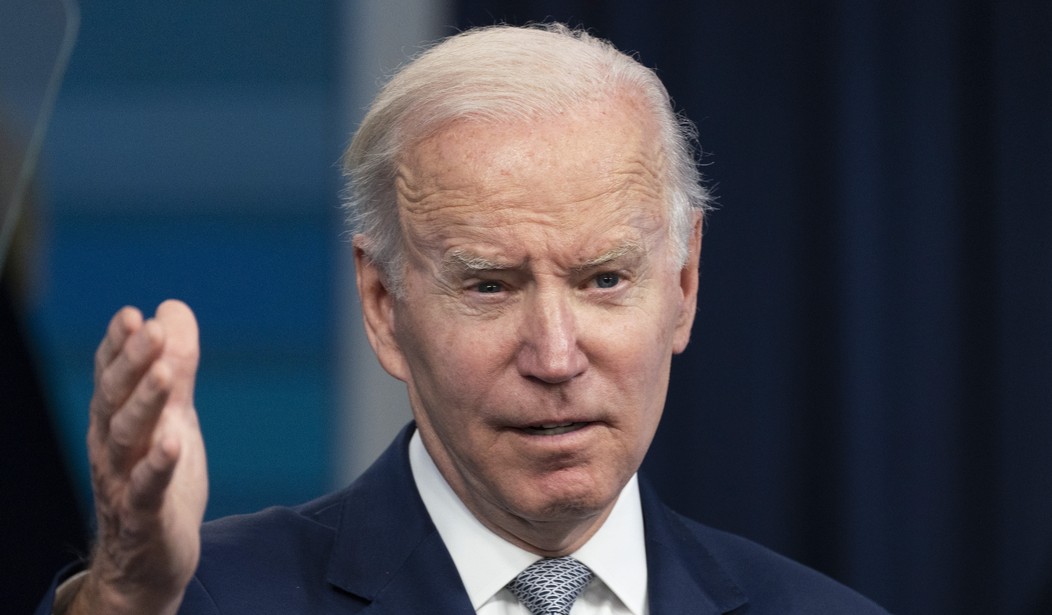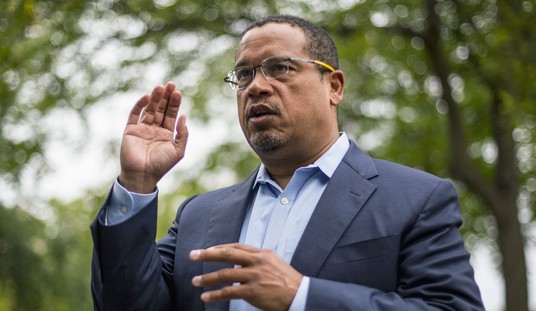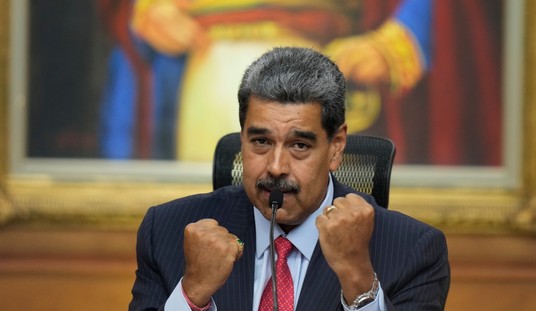Yesterday’s report on the consumer price index rate of inflation gave little hope of short-term relief. Today’s report on the producer price index gives little hope of long-term relief, either. The PPI hit 11% for the second month in a row, lightened only by the same brief respite from fuel-price increases in April that has been entirely mooted this month already:
Prices at the wholesale level accelerated further in April, part of a broader inflation problem persisting through the U.S. economy, the Bureau of Labor Statistics reported Thursday.
The producer price index, which tracks how much manufacturers get for products at their initial sale, rose 0.5% on the month and 11% from a year ago, a decrease from the record 11.5% in March.
Excluding food, energy and trade services, core PPI rose 0.6% in April and 6.9% from a year ago, the latter a decline from 7.1% last month.
It’s not really a decrease in prices; it’s a slight decrease in the rate of inflation, which is itself a compound measure. Whether we look at this month-on-month or year-on-year, we are looking at prices that escalate on a continuum. The rate of that increase may vary, but the fact is that the escalation is continuous and accelerated far beyond historical norms.
How far beyond? This chart from the Bureau of Labor Statistics demonstrates it. Bear in mind that the Federal Reserve’s target for inflation is 2.0% on both the CPI and PPI, and note where the black line starts in this 12-month timeline:

For a better look at the historical trend lines, we can go to the BLS site and find this chart prepared for the press release. This covers ten years of PPI final demand reports, and it shows just how singular Bidenflation really is:

It’s interesting to scroll through the attached table, too. The PPI got up as high as 4.5% year-on-year in September 2011, when the economy was still recovering from the Great Recession, but also at the same time that Barack Obama was limiting oil and gas exploration and imposing other regulatory burdens on producers and commerce. In contrast, the immediate recovery from the pandemic shutdowns produced YoY PPI increases of no more than 1.6% before Joe Biden took office in the same month, January 2021. After passing the inflationary American Rescue Plan in March, that jumped to 6.5% in April 2021 as a year-on-year measure that compared the -1.5% April 2020 PPI.
Biden’s PPI numbers have accelerated ever since. And this brings us to a very big problem in both the CPI and PPI inflation rates, which is the issue of compounding. We are now comparing results against already-high numbers in 2021. The previous YoY PPI for March 2022 was 11.5% over March 2021’s 4.1%. Today’s YoY PPI for April 2022 is 11.0% over April 2021’s 6.5% increase. Even though the rate may look like it has lessened slightly, the truth is that the increase is likely more profound than it was last month, even without the context of the slight and temporary decline in fuel prices.
By the way, here are the base comparisons that we’ll use in coming months for the PPI:
- May 2021: 7.0%
- June 2021: 7.6%
- July 2021: 8.0%
- August 2021: 8.7%
And it only goes up higher from there.
The media seems particularly invested in the “eased” narrative, though, even the normally reliable Wall Street Journal. However, the WSJ does point out what this level of increases in PPI means for the arc of inflation for the next few months:
The overall trend in producer prices signals that inflation pressures continue to build throughout the production pipeline as strong demand, fueled in part by government stimulus, chokes already strained supply chains. This dynamic is being worsened by rising energy and commodities prices caused by the war in Ukraine, as well as by China’s extensive lockdowns in its bid to contain Covid-19.
I’ll have more on Joe Biden’s energy policy response in an upcoming post, but it ain’t good, and neither is this disastrous PPI report.








Join the conversation as a VIP Member